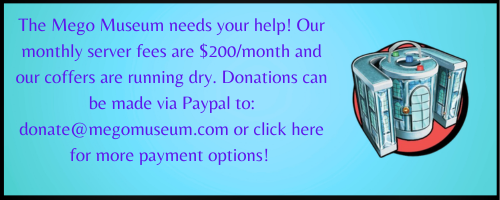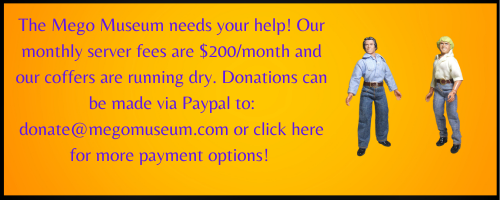But my understanding is, that just like the finished interior colour work in monthly comics, no one paints colour traditionally anymore unless you have a grant from the National Film Board of Canada, and even then they think you are nuts. (all the animators I know up here are all in the 3-d game).
Unless you're name is Alex Ross or similar, and even then I don't think there is anyone currently in comics who does the labour intensive task of traditionally painting 22 pages of mainstream comics a month.
Getting work In the monthly grind these days means colouring digitally if you are a colour artist. Otherwise you don't get the work, you don't get paid. You don't get to call yourself a pro.
Pro gets paid
Amateur doesn't
By definition.
Tools put money in your pocket or they don't.
Commercial artist is professionally paid to deliver a work that is generally consumed as reproduction. The fact that a market has sprung up on original comics art is gravy... For that particular industry. Try asking for you art back in advertising, commercial design or storyboarding after you've delivered it to your client... And better yet, try and Turn around and sell it on ebay and see what your client thinks given that they paid you for that art already. (again though, digital has changed the rules)
Anyone who's ever seen Greg Horn at a convention sees how many prints he sells at twenty bucks a pop. He says it's like printing your own money. On top of that, have you seen how much of his images grace product? The royalties on that far outshines whatever he would have made on original art... and there are plenty of examples of his traditional art out there, but his career did not take off until digital. No amount of railing against digital erases the fact that he has a portfolio of clients that would make most ad agencies wet themselves.
Given that Blue Meanie tastes run towards the vintage art and period. I would hazard a guess and say that those pieces he's most interested (outside of convention sketches) have most likely left the hands of the artists long ago, and it's the art dealers that are the ones making the real cheddar off of it. It's an all too common story, which is why many older artist are finding a market in making recreations of work they are most associated with.
Sad to say, but money talks and is the only measure between whether you deserve to call yourself pro and am, not tools.
I've run into too many ridiculously talented artists who just couldn't adapt... Including one chap I met recently that rattled off a list of jobs and clients that certainly impressed me to no end, being a huge fanboy of old school illustration. I just about wept when I heard that he's driving a bus... And no longer a professional artist. He even laughed his *** off at me when I asked him about original art.
Unless you're name is Alex Ross or similar, and even then I don't think there is anyone currently in comics who does the labour intensive task of traditionally painting 22 pages of mainstream comics a month.
Getting work In the monthly grind these days means colouring digitally if you are a colour artist. Otherwise you don't get the work, you don't get paid. You don't get to call yourself a pro.
Pro gets paid
Amateur doesn't
By definition.
Tools put money in your pocket or they don't.
Commercial artist is professionally paid to deliver a work that is generally consumed as reproduction. The fact that a market has sprung up on original comics art is gravy... For that particular industry. Try asking for you art back in advertising, commercial design or storyboarding after you've delivered it to your client... And better yet, try and Turn around and sell it on ebay and see what your client thinks given that they paid you for that art already. (again though, digital has changed the rules)
Anyone who's ever seen Greg Horn at a convention sees how many prints he sells at twenty bucks a pop. He says it's like printing your own money. On top of that, have you seen how much of his images grace product? The royalties on that far outshines whatever he would have made on original art... and there are plenty of examples of his traditional art out there, but his career did not take off until digital. No amount of railing against digital erases the fact that he has a portfolio of clients that would make most ad agencies wet themselves.
Given that Blue Meanie tastes run towards the vintage art and period. I would hazard a guess and say that those pieces he's most interested (outside of convention sketches) have most likely left the hands of the artists long ago, and it's the art dealers that are the ones making the real cheddar off of it. It's an all too common story, which is why many older artist are finding a market in making recreations of work they are most associated with.
Sad to say, but money talks and is the only measure between whether you deserve to call yourself pro and am, not tools.
I've run into too many ridiculously talented artists who just couldn't adapt... Including one chap I met recently that rattled off a list of jobs and clients that certainly impressed me to no end, being a huge fanboy of old school illustration. I just about wept when I heard that he's driving a bus... And no longer a professional artist. He even laughed his *** off at me when I asked him about original art.




 agreed!
agreed!
Comment